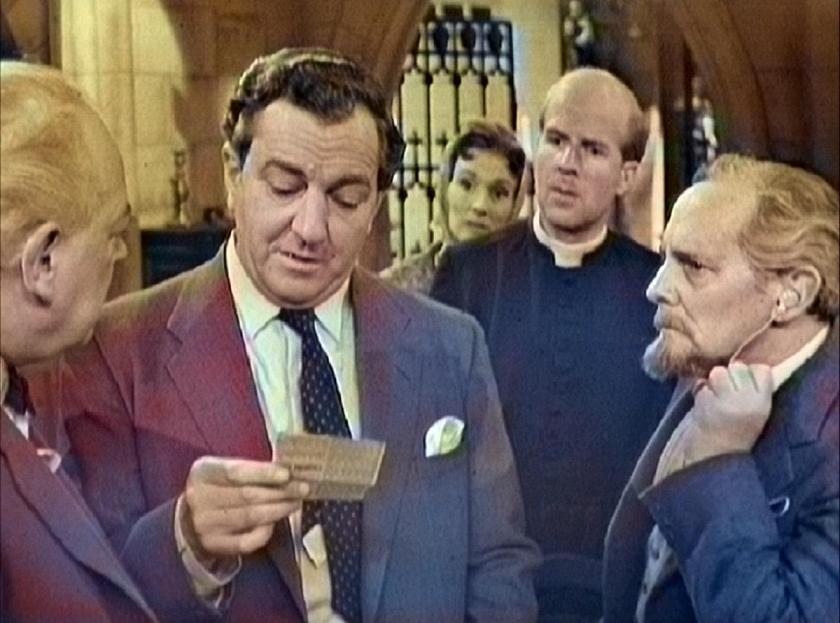
Considered by Simenon to be one of his most significant novels, The Krull House was written in 1938 and first published in the UK as part of the 1955 collection A Sense of Guilt. Revisiting themes and incidents previously explored in the 1932 Maigret novel The Flemish House, the book is infused with many of the author’s recurrent preoccupations and draws heavily from Simenon’s experiences growing up in Liège.
As the events across the continent made war an inevitable reality Georges Simenon learned that he was to become a father for the first time. Contemplating raising a child in a conflict-ridden world may explain why Simenon’s non-Maigret output written during his wife’s pregnancy was divided into two strands; reflections on fatherhood (The Strangers in the House, The Family Lie), and narratives set in the author’s homeland (The Burgomaster of Furnes). The Krull House, originally published in the UK as Chez Krull, draws heavily from incidents and people Simenon knew in Belgium and features a motif recurrent in many Maigret novels, the withdrawn and submissive father figure.
A small canal town is the setting for a complex and unsettling examination of interwar prejudices and mob justice. An ostracised family is visited by their German cousin, Hans. The Krulls are foreigners in a close-knit community. Cornelius Krull settled in the area after the cessation of World War One’s hostilities. He is seemingly ineffectual and resigned to spending his days hidden from view in the workroom. Viewed with suspicion and contempt by their neighbours, Cornelius’ family owns a grocery shop that is heavily reliant on canal workers for trade. A fragile peace in the community and at home is shattered when Hans arrives to stay with his family.
The visitation of the Krull’s cousin, Hans, reminds the community of their ‘otherness’. Simenon’s narrative suggests people of German descent living in France in the interwar period were routinely subjected to racial abuse.
When the corpse of a young girl is fished from the local canal suspicion instantly falls on the new arrival. The Krull’s are believed to be harbouring a murderer. An entire township decides to administer justice.
Injustice and mob rule is a theme which is present in several of Simenon’s ‘Roman Durs’, most notably in Mr. Hire’s Engagement and Black Rain. In The Krull House, the family’s shop is besieged by an angry mob seeking vengeance. The author’s concerns about crowd justice and manhunts were sparked by an incident in 1919 when his newspaper editor instructed Simenon to report on a drunken brawl. A minor fight escalated into a witchhunt. One of the men fled from the scene and was chased onto the roof of a nearby hotel. Stumbling, the man clung onto the roof edge while a crowd shouted racist abuse and bayed for his death.
Variations of the incident recur throughout Simenon’s output possibly suggesting that the author was traumatized after witnessing a crowd being whipped into a state of hatred by gossip and lies. The Krull House’s representation of naked hatred is filled with chilling intensity. In a powerful sequence, the crowd seeks to avenge the death of a local girl by attacking the two people they believe to be responsible, Hans and his deviant cousin.
While The Krull House is superficially very similar to the Maigret novel The Flemish House, it would be foolish to dismiss the novel as a redrafting of the earlier text. Freed from the confines of a police procedural, Simenon reshaped the story’s core elements into a dark and disturbing account of paranoia that still has the power to unsettle readers. Written on the eve of war The Krull House is a potent and all too timely warning about the dangers of unfounded suspicion and hatred in a small community.
























